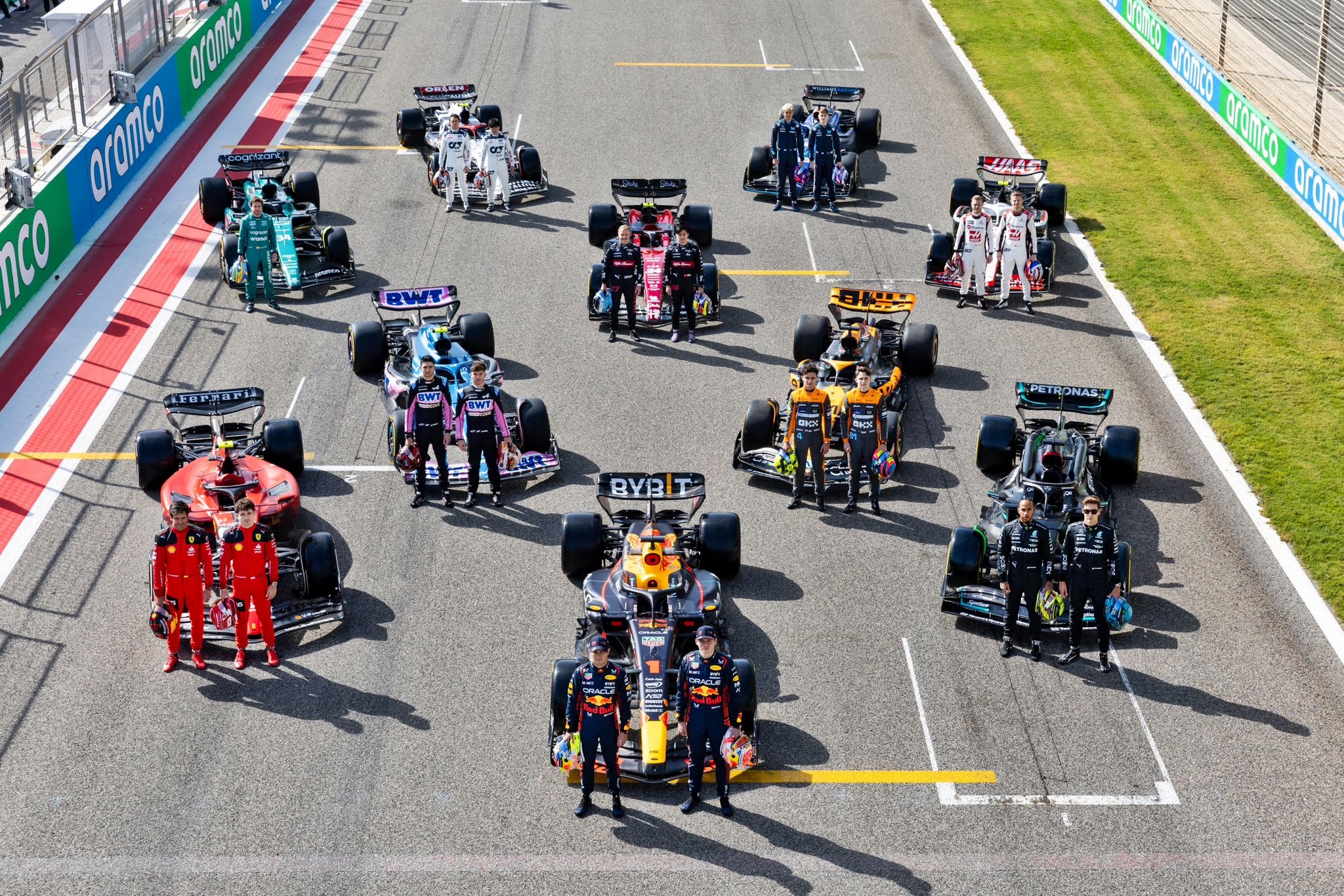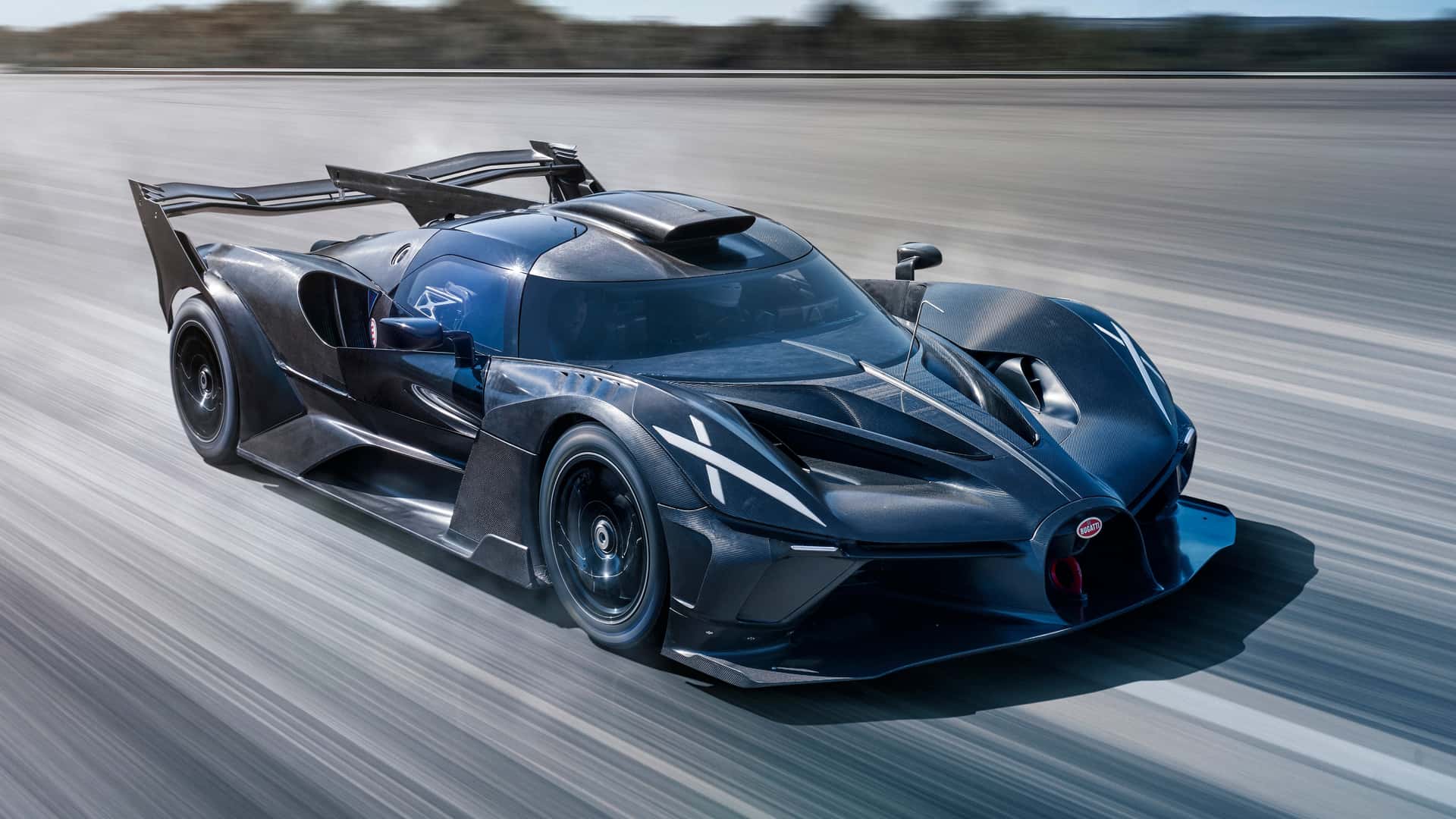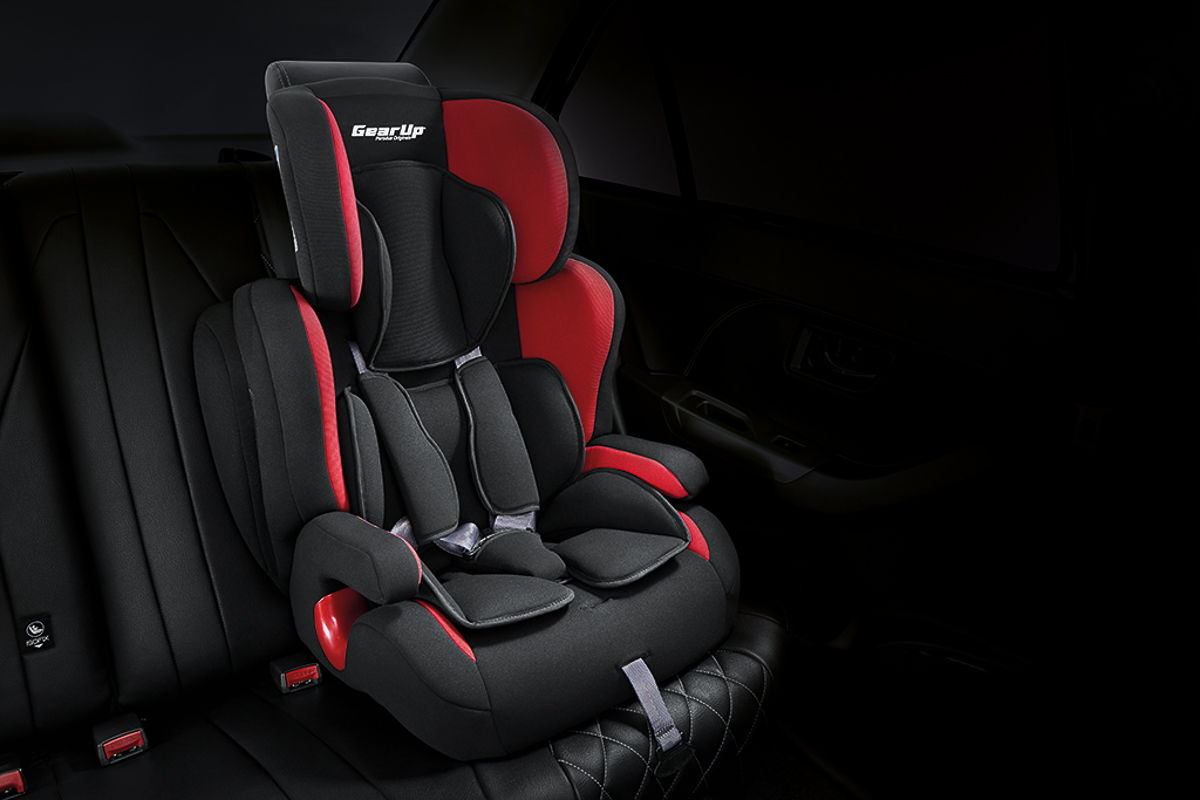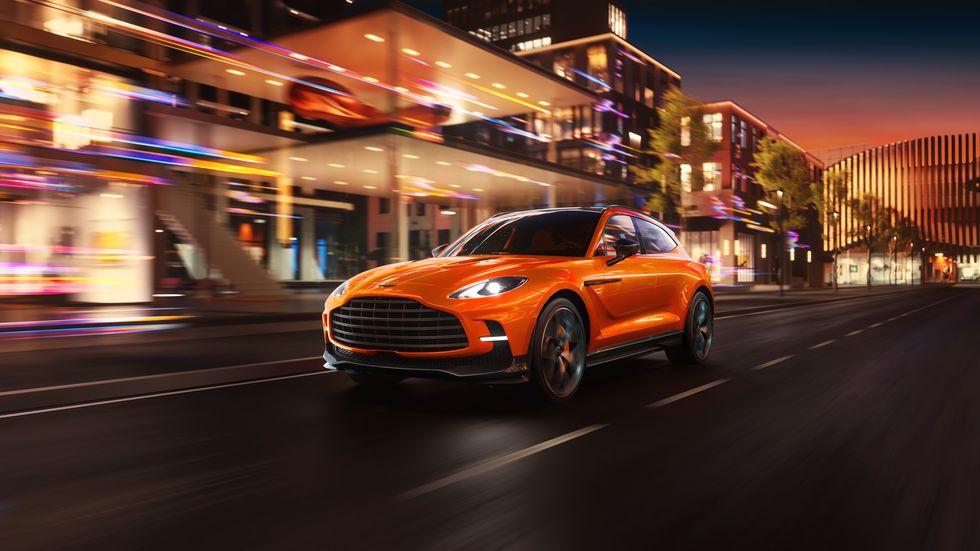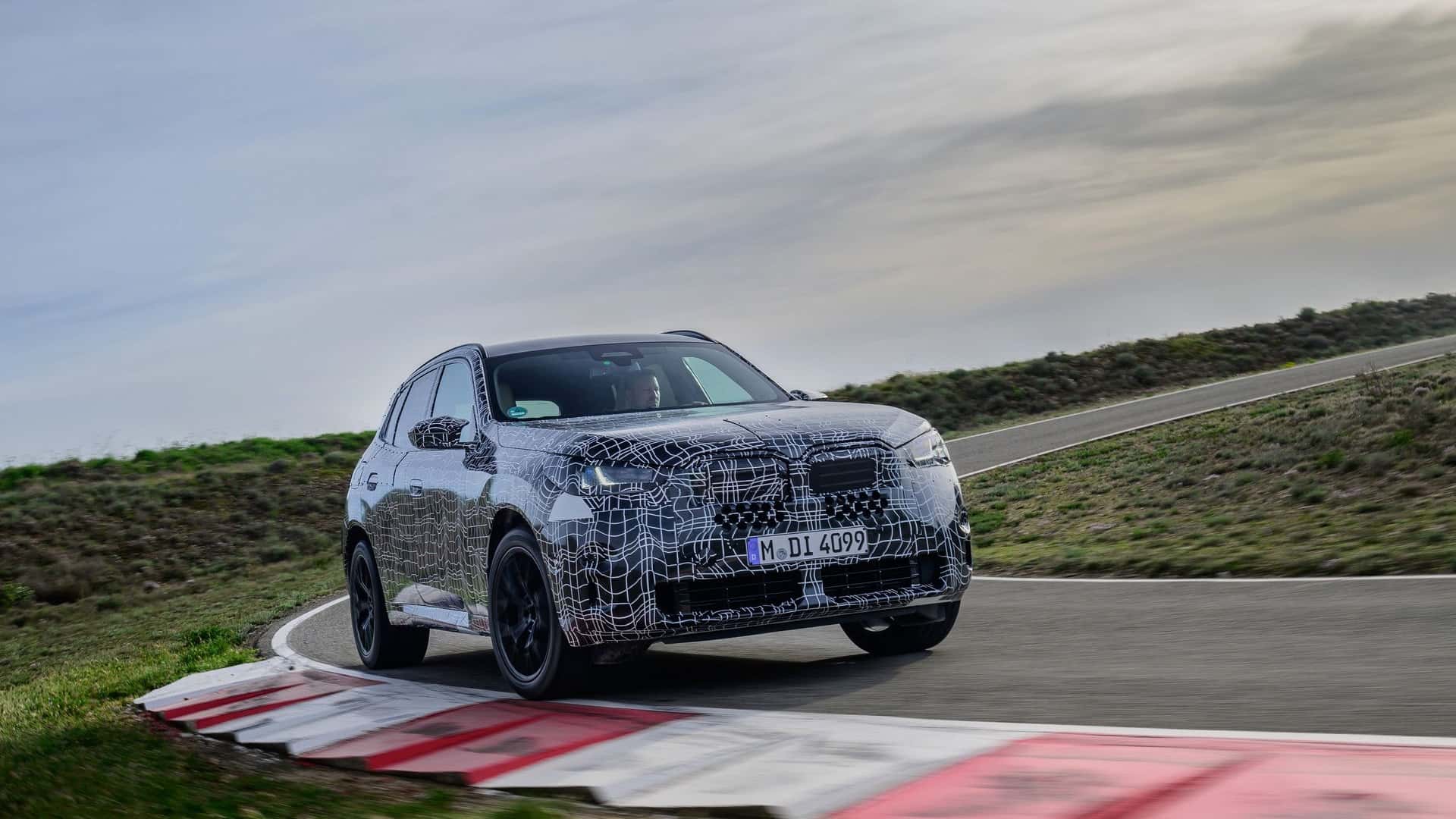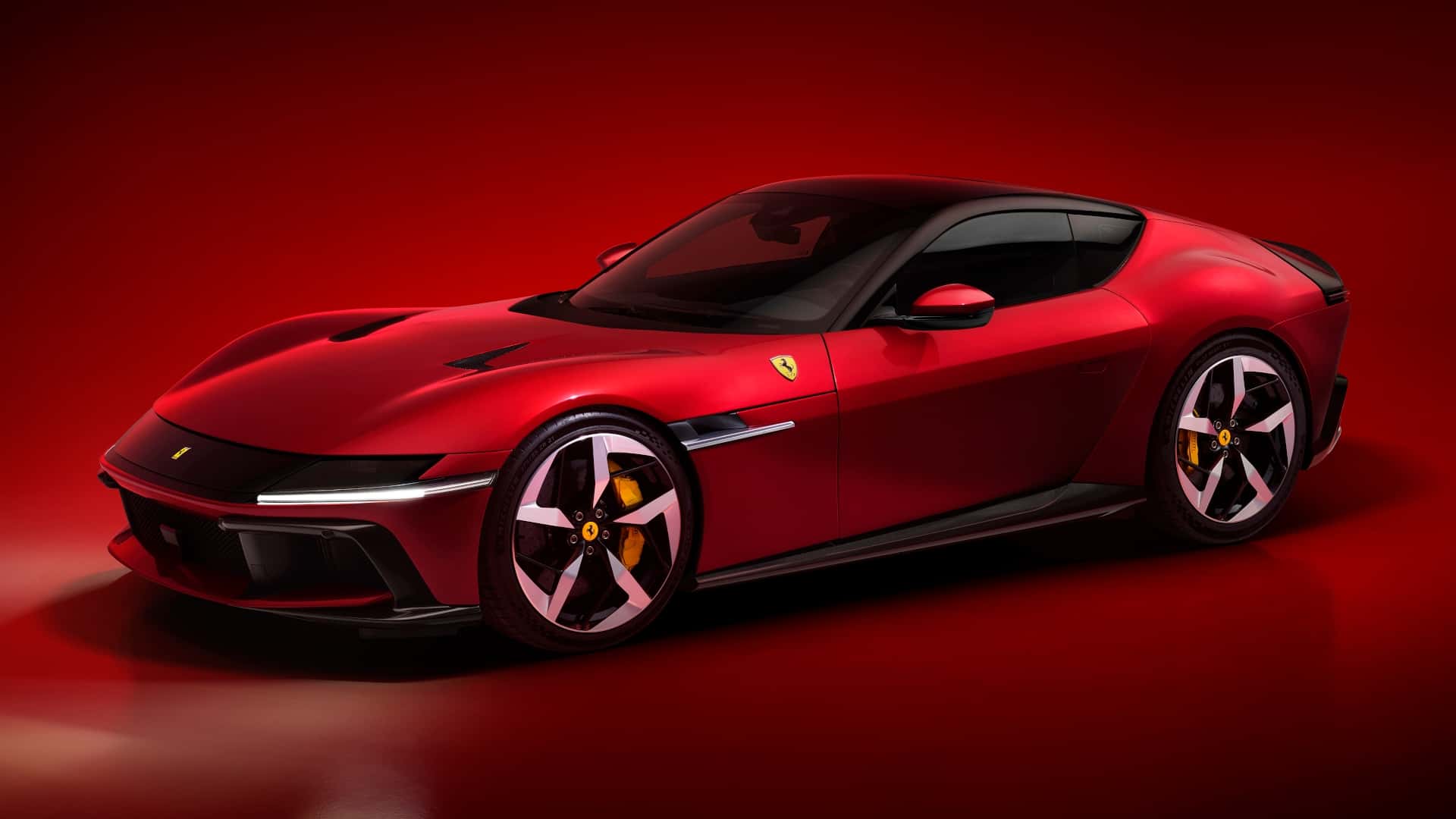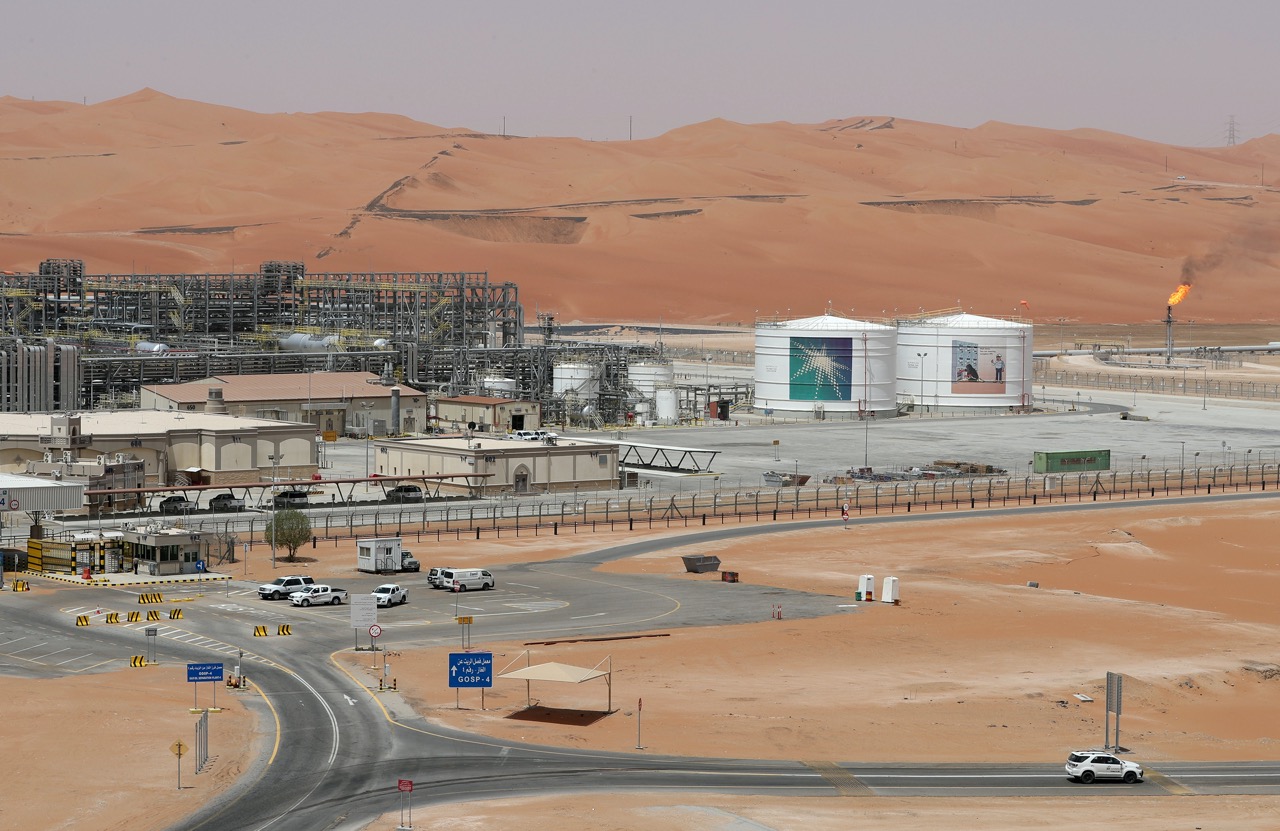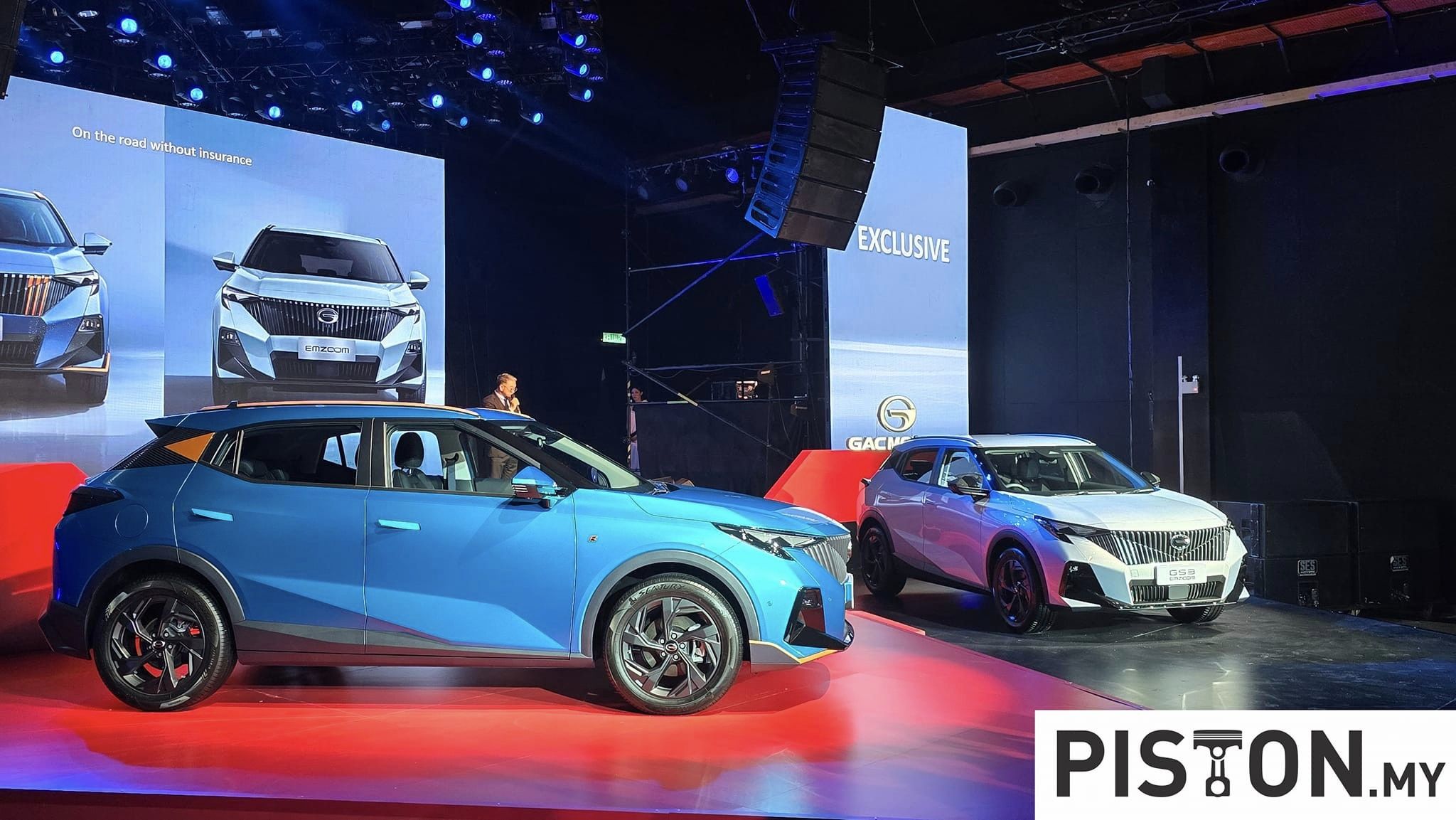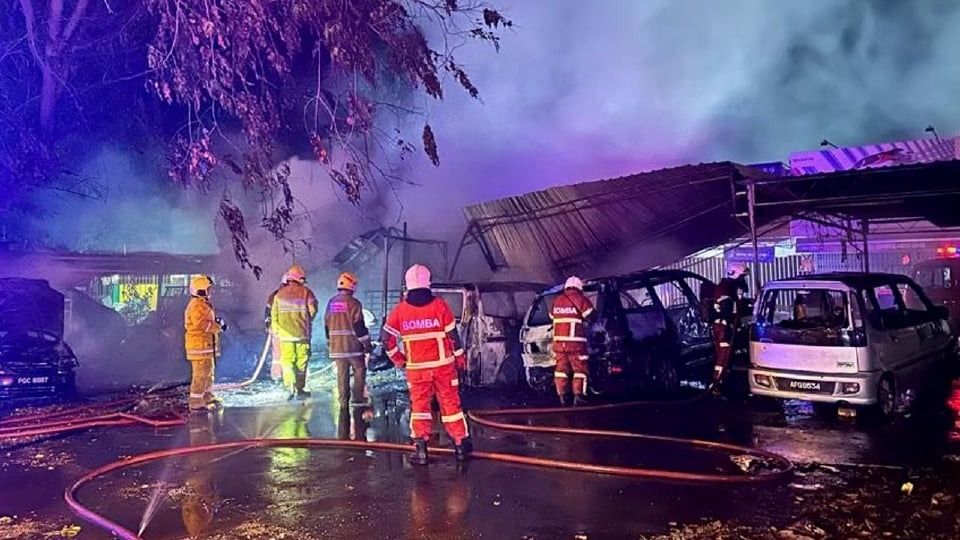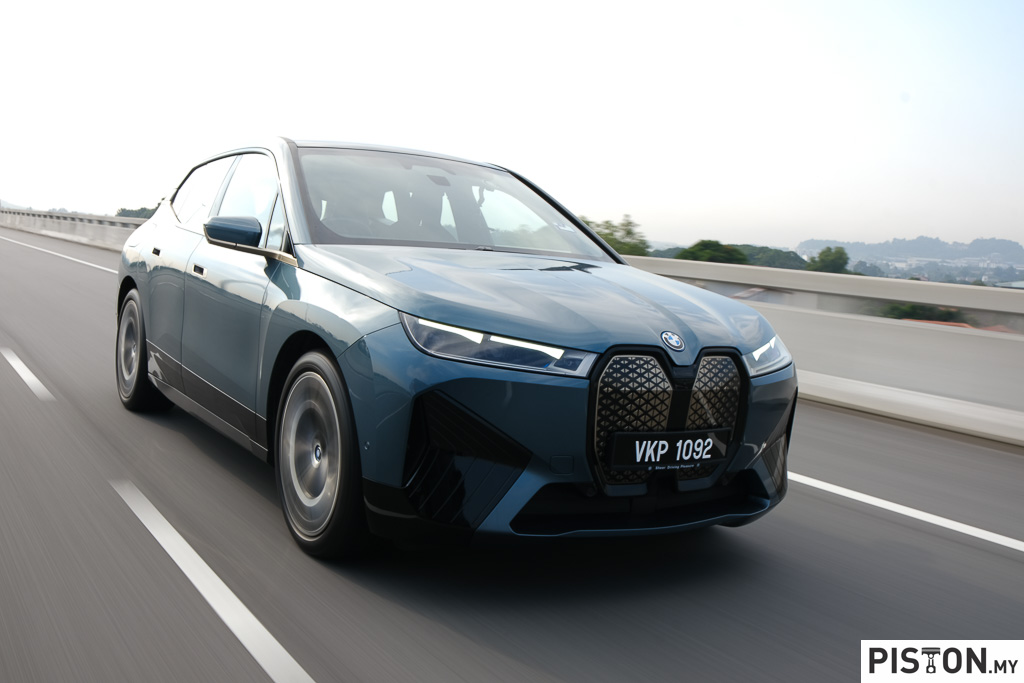V10 engines were last used in the championship in 2006, just before the FIA outlawed them. Teams shifted to V8 engines from 2007 through 2013, and starting in 2014, they have been using the modern 1.6-litre V6 hybrid engines.
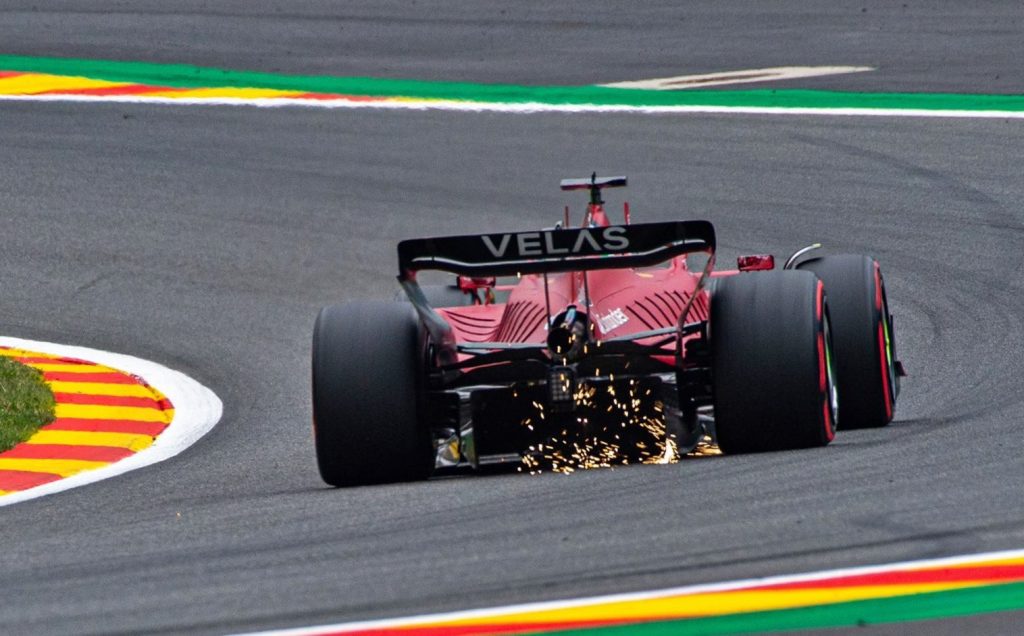
To comply with the FIA’s directive that all championships attain carbon neutrality by 2030, Formula 1 will employ “drop-in” 100% sustainable fuels in 2026.
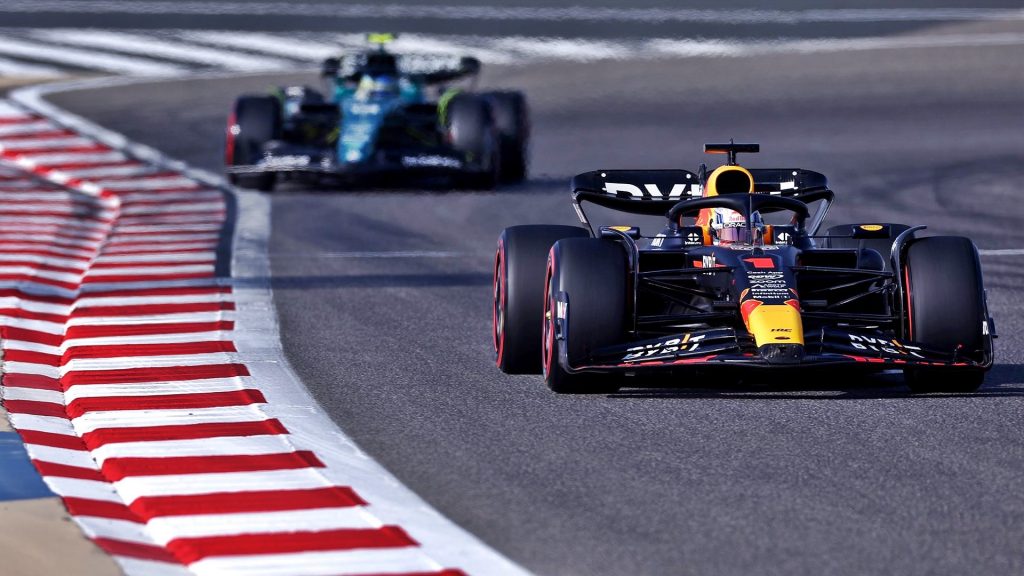
The head of Red Bull Racing offered his opinions on Honda’s return, pointing out that the company had momentarily departed Formula One in 2020 as they switched their attention away from internal combustion engines.
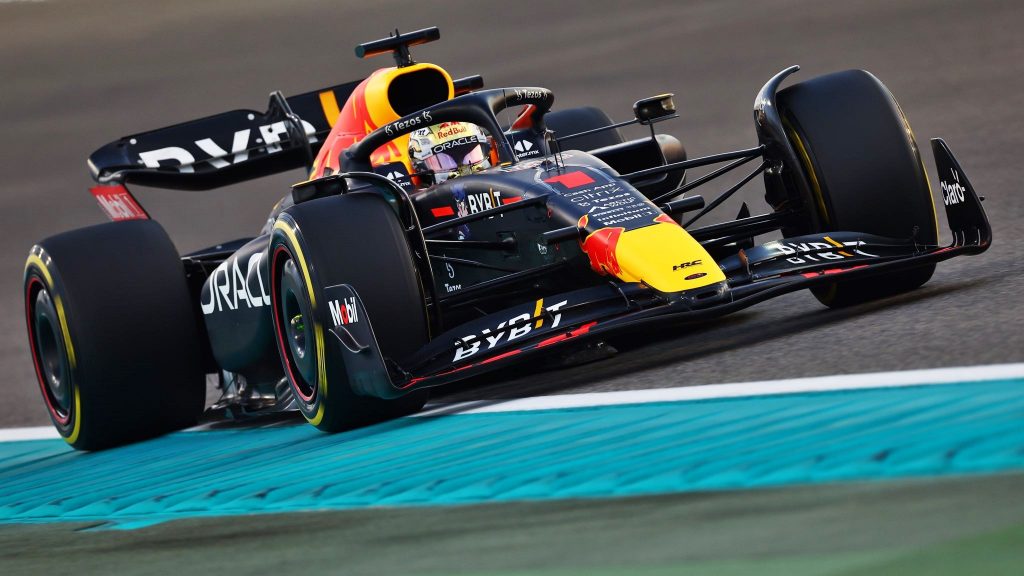
The hybrid technology used in Formula 1 will continue to be used through the end of the decade despite persistent criticism from drivers and fans. A chance for change was offered by the revised power unit requirements for 2026, but the governing board decided to continue with a modified version of the current V6 hybrid power unit.
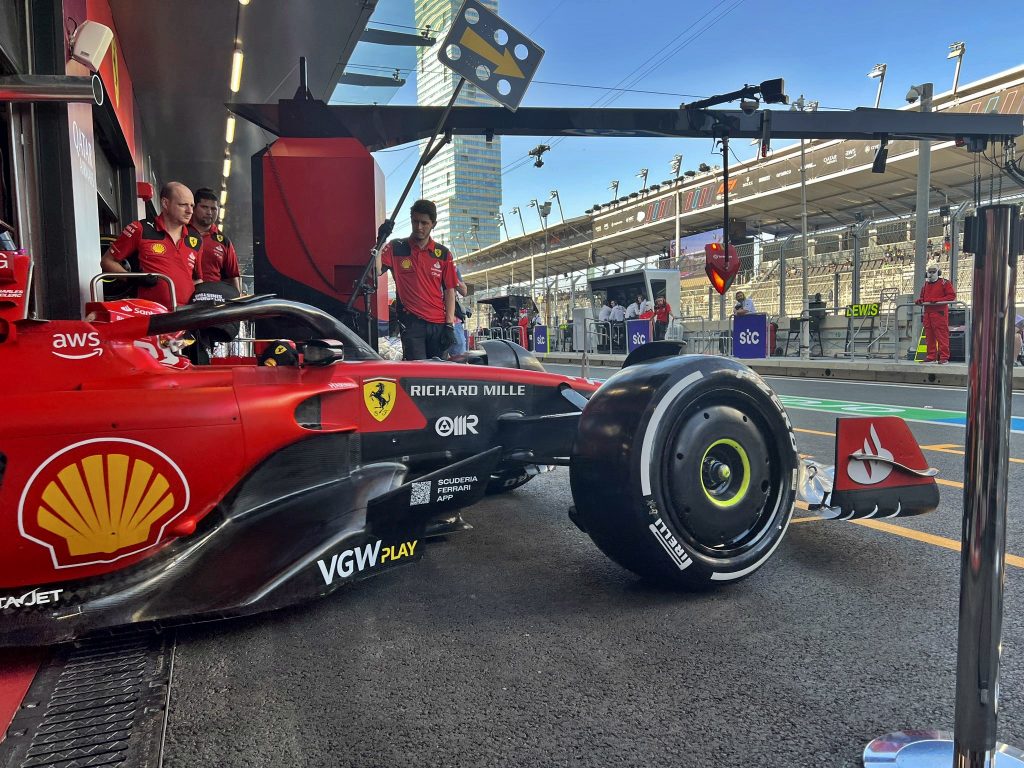
Charles Leclerc and Lewis Hamilton, two prominent Formula 1 drivers, have voiced their concerns about the increasing weight of Formula 1 cars and the apparent contradiction with the sport’s sustainability initiatives.
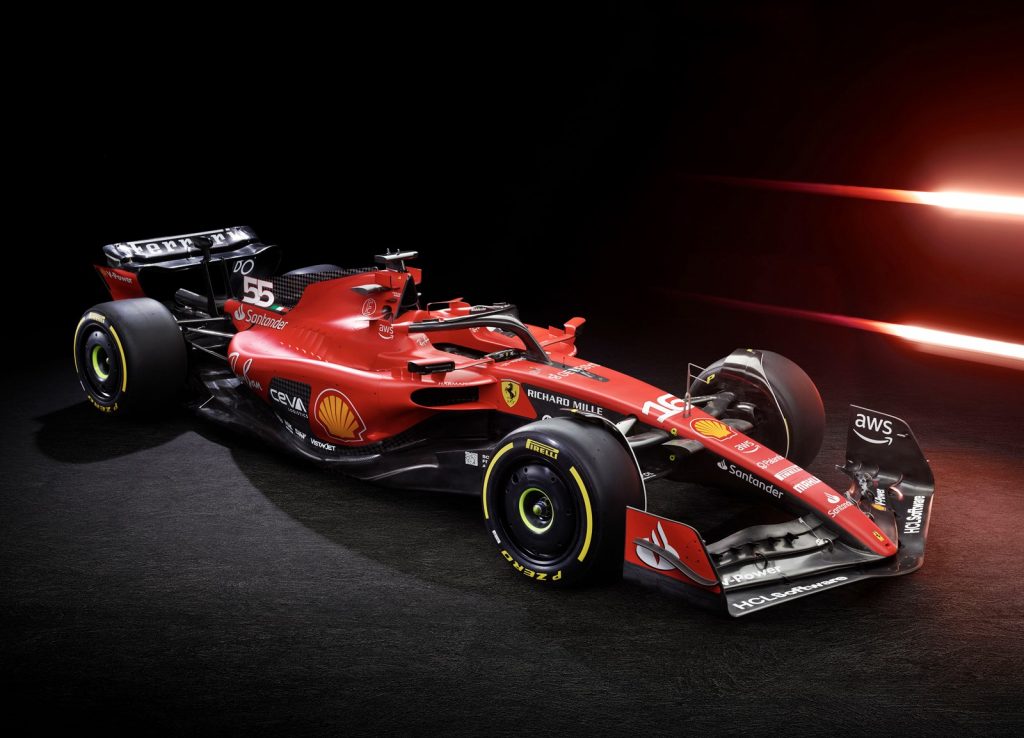
Leclerc expressed his dissatisfaction with heavier cars, stating that he doesn’t favor their handling characteristics. He mentioned that he had the opportunity to drive a Formula 1 car from 2003, and he could feel the significant difference in weight compared to modern cars. Lighter cars tend to handle more responsively and can be more agile, which can be preferred by drivers who prioritize handling and performance.
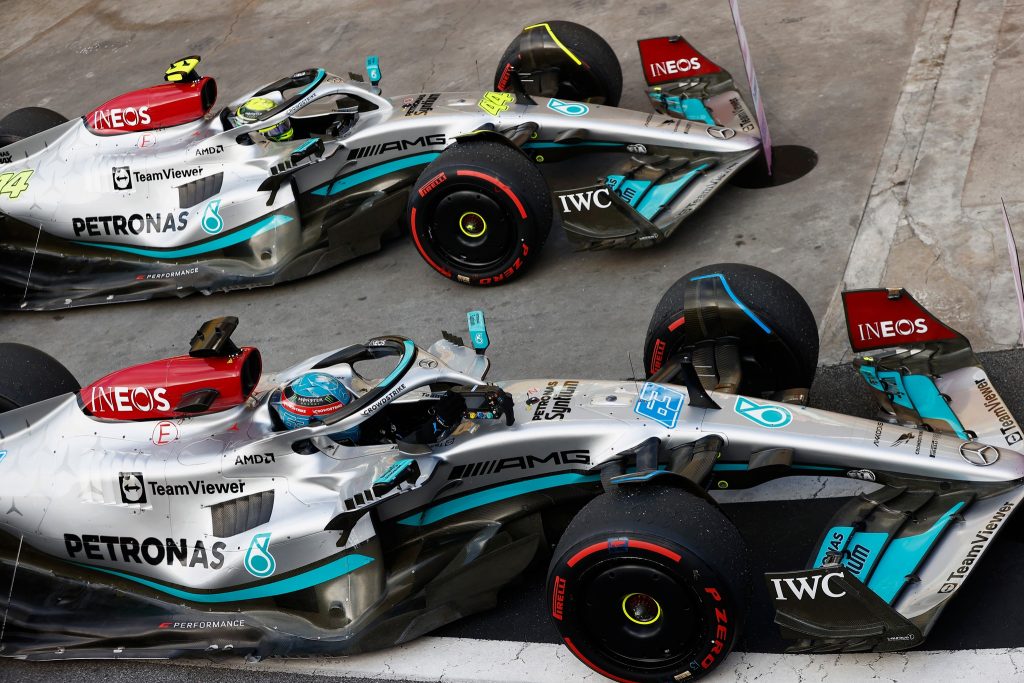
Hamilton, on the other hand, highlighted the paradox between the push for sustainability in Formula 1 and the trend toward heavier cars. He questioned the rationale behind increasing the weight of the cars, especially at a time when the sport is emphasising sustainability.
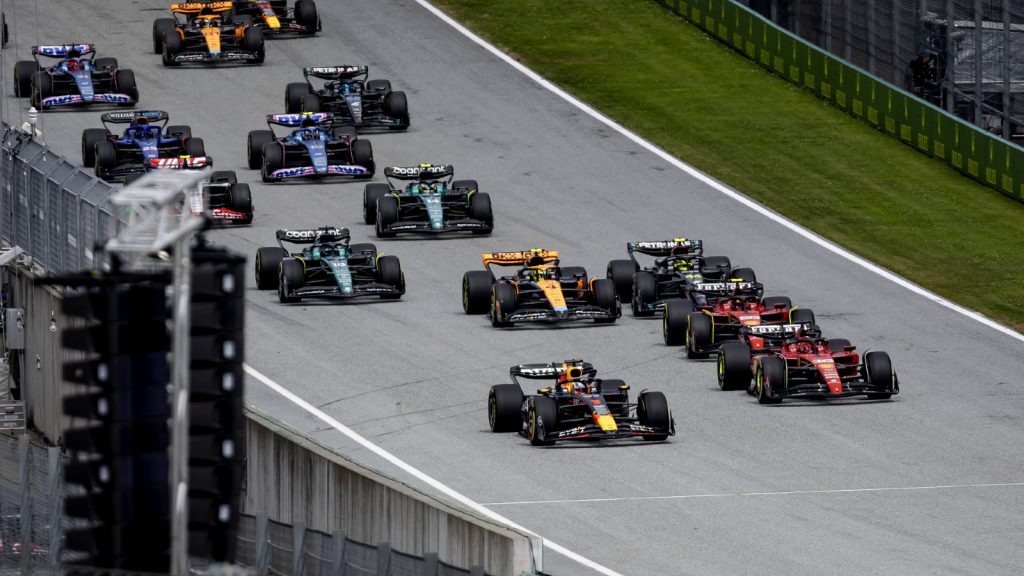
According to Motor Sport, Karun Chandhok, a former Formula 1 driver and Sky Sports pundit, has highlighted the appeal of the V10 engines and the visual spectacle of Formula 1 cars from the early 2000s. Many fans consider the V10 era to be the epitome of Formula 1 in terms of sound and excitement. Chandhok suggests that the sport could potentially return to this philosophy by taking a more assertive stance against manufacturers and controlling the narrative.
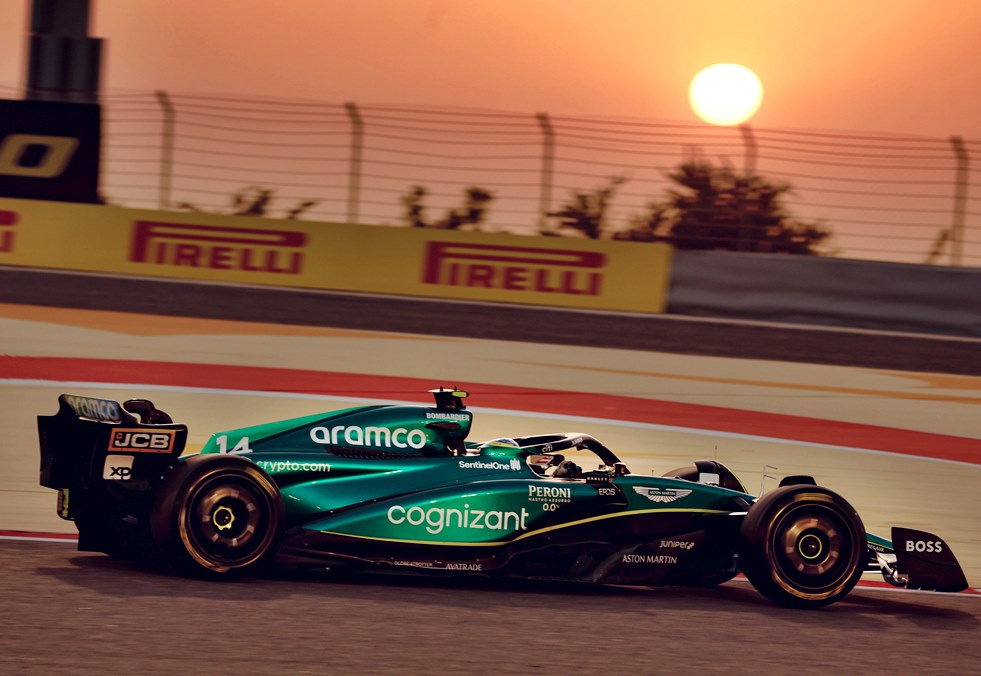
Chandhok’s suggestion of the sport taking a stronger stance against manufacturers implies that Formula 1 could have more control over the direction of engine technology and sound. This approach would involve shaping regulations and specifications that prioritize certain characteristics, such as engine sound and visual appeal, while still embracing technological advancements and sustainability goals.
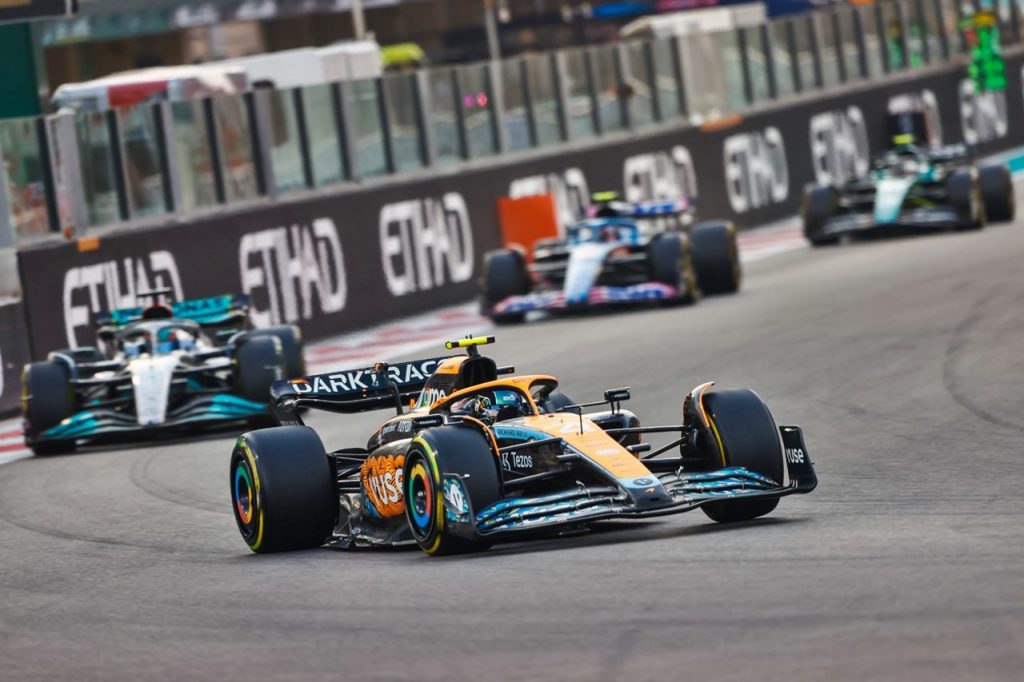
Ultimately, the balance between tradition and innovation is a central theme in Formula 1, and discussions about the future direction of the sport will continue to evolve as it strives to maintain its appeal to fans while adapting to changing societal and environmental demands.
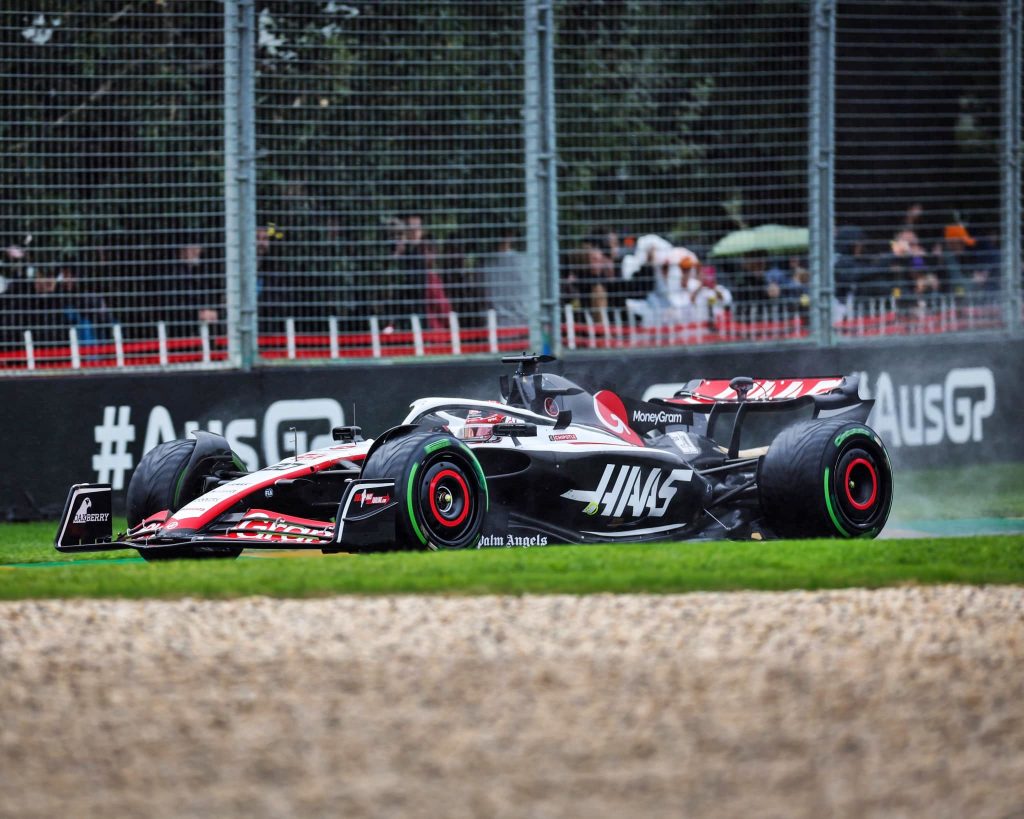
Chandhok proposes a solution to several challenges in Formula 1 by advocating for a shift to sustainable fuels and a transition from hybrid power units to naturally aspirated engines.
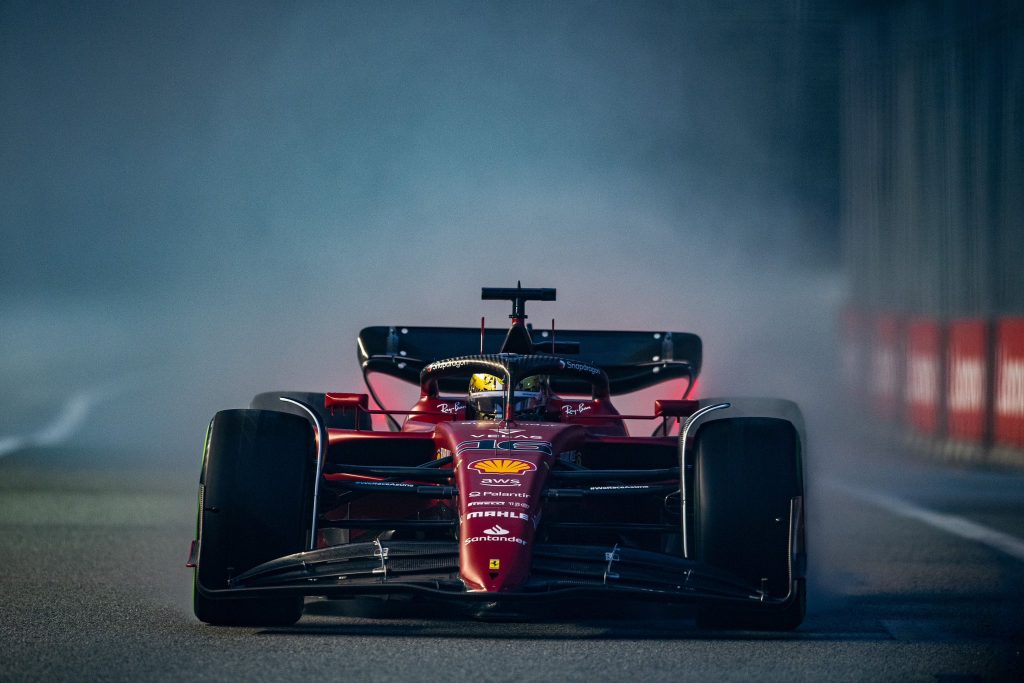
The idea involves removing the hybrid components, including the battery and recovery systems, as well as the associated electronics, from Formula 1 cars. By doing so, the cars could shed over 120 kilograms in weight. Additionally, without the hybrid elements, the cars could be made smaller, which would further improve their handling and agility. This approach, according to Chandhok, addresses concerns related to weight and sound.
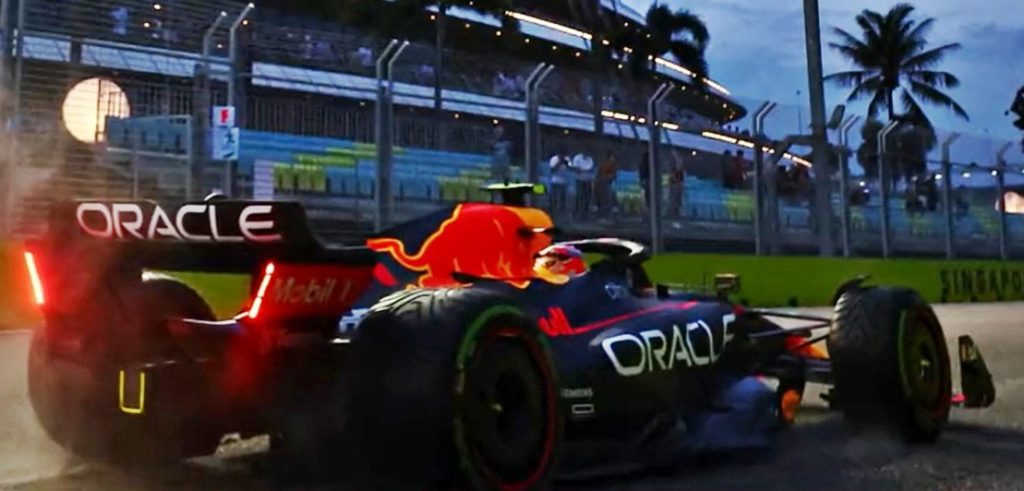
He points out that the current Formula 1 cars are significantly heavier than those from the 2000s, and reducing their weight could have a positive impact on both performance and the overall spectacle of the sport.
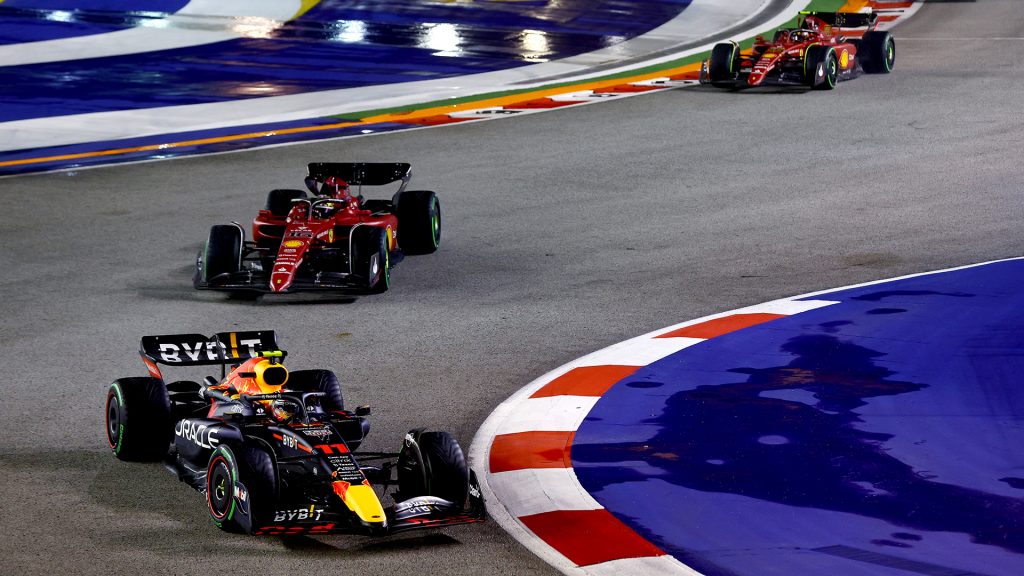
He also suggests that Formula 1 should reconsider its role as an R&D laboratory for hybrids, especially in light of the substantial investments being made in electric and hybrid technology by the broader automotive industry. He believes that Formula 1 should look beyond 2030 and perhaps even 2040 to explore alternative paths and approaches that align with changing trends and the industry’s long-term goals.
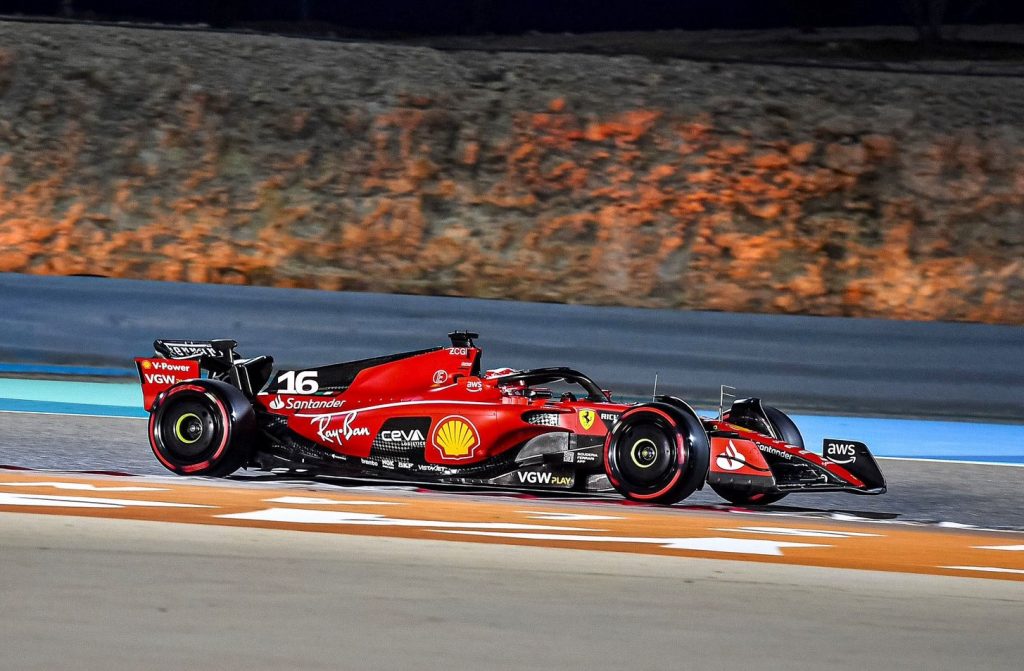
In essence, Chandhok’s proposal envisions a return to a simpler, naturally aspirated engine formula powered by sustainable fuels, which he believes could provide Formula 1 with a unique identity and renewed appeal. This idea reflects ongoing discussions about the sport’s future direction, particularly in terms of sustainability and technological innovation.


